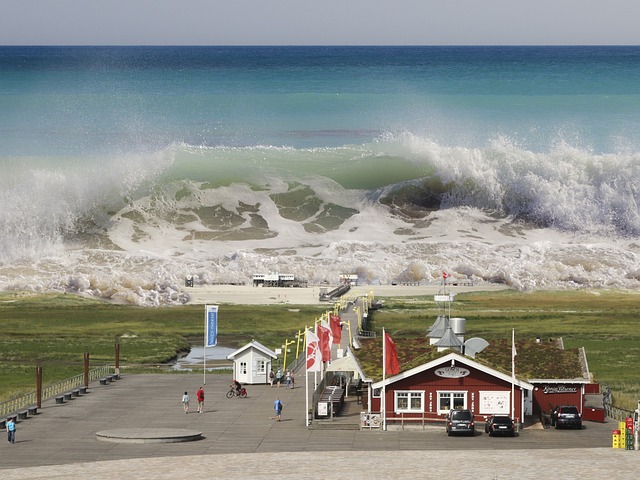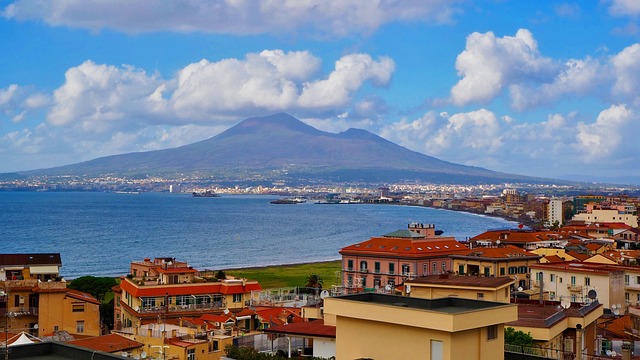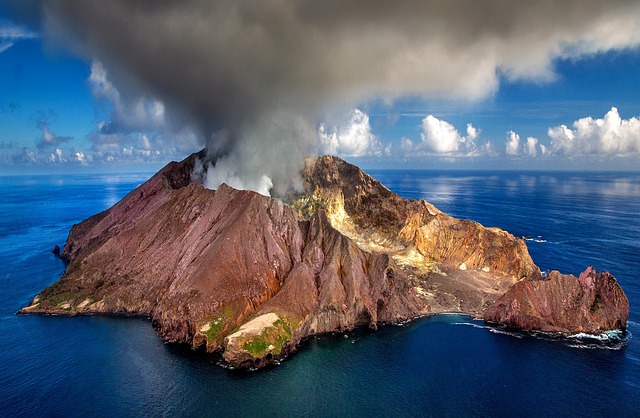Tag: Volcano
-
Boxing Day Tsunami Facts | Deadliest disaster
On Dec 26, 2004 earthquake occurred under the Indian Ocean and strikes different countries that were situated on the coastal areas. The magnitude of the tsunami was measured at 9.1 on Richter scale. The quake is referred to as “Boxing Day Tsunami”. Boxing Day Tsunami Facts The depth of the quake was 30 km beneath…
Written by

-
Tsunami Facts for Kids | Facts about Tsunami
Tsunami is a series of gigantic waves that are caused due to the underwater earthquake. It so happens that the earthquake under water pushes the water upward because the plates collide with each other and as it turns out the wave gets bigger and bigger and travel at a high speed. Unlike regular waves, tsunami…
Written by

-
Mount Vesuvius Facts For Kids | The Most Active Volcano in Europe
The Vesuvius is probably the most active volcano in the entire Europe which is believed to have caused as much damage as any other volcanic eruption. The volcano has long been admired for its silent yet deadly nature to the inhabitants of Europe and to the residents of Southern Italy in particular. Mount Vesuvius Facts For…
Written by

-
Volcano Facts For Kids – Amazing Facts About Volcano
Volcano Facts For Kids Do you know the force at which a volcano goes off is like exploding 1,000,000 nuclear bombing? The temperature of a volcanic emission (lava) is very hot and is about 2,200oF. There is a coast in Hawaii that has green sand which was made as a result of collision with a…
Written by

